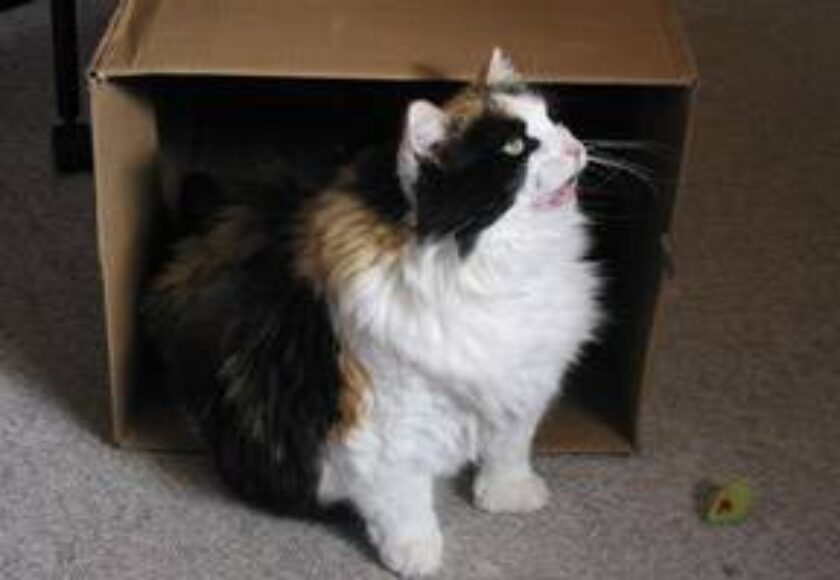Brachial Plexus avulsion or brachial plexus injury can occur when an animal suffers an injury involving the front limbs or shoulders.
Caused by trauma such as an automobile accident, a bite or gunshot wound, a surgical complication, or a fall, brachial plexus avulsion or injury can happen to any breed or age of dog or cat.
Like people, dogs and cats have a network of nerves that arise from the cervical spinal cord in the region of the neck, cross each other in the armpit of the dog, and extend to supply stimulation to the muscles of the neck, shoulders, and front limbs. These nerves convey sensation from this region to the brain via the spinal cord. The brachial plexus is the term for the bundle of nerves in the armpit.
In the case of injury, damaged nerves can affect the function of a front leg. Usually, the damage is on only one side.
Brachial plexus injuries usually involve more than one nerve. Nerve roots which arise from the spinal cord and contribute fibers to one or more nerves are more apt to be damaged than the nerve itself because the roots are less elastic.
When the nerve roots in the neck region are torn away from the spinal cord, the injury is called a brachial plexus avulsion. When the nerves located in the armpit are stretched or torn, the injury is called a brachial plexus injury.
Depending on the severity of the injury and which nerves are involved, your dog may be unable to move the injured shoulder or leg, may not be able to flex the elbow or toes, or may not put weight on the injured leg. They may lose feeling in the leg or paw. The seriousness of this type of injury depends on what kind of nerve damage your pet has.
How is it Diagnosed?
After hearing your pet’s history, a neurological examination will help your veterinarian determine if your pet has suffered a brachial plexus avulsion or brachial plexus injury and, if so, which type and how severe it is.

X-rays, ultrasound, and advanced imaging tests such as computed tomography (CT) and MRI may be recommended.
Treatment
Your veterinarian will treat any life-threatening injuries resulting from the accident or trauma first. If one or more nerves have been stretched rather than torn away from the spinal cord, recovery may occur given time. Treatment involves mainly supportive care. This care should be started early. Your veterinarian may prescribe analgesic drugs for pain as needed. Range-of-motion exercises to do when your pet is ready may be discussed and demonstrated for you.
Monitoring
Watch your pet closely after this type of injury. An abrasion to the front of the paw may occur if the pet drags the limb. You may find a wound that was not visible at first. Your pet may fuss at or lick a wound or the affected leg. E-collars or other protective measures can be used if your pet starts to self-mutilate.
Your veterinarian will continue to check your pet’s progress and evaluate pain perception and the use of the injured leg.
Prognosis
How well your pet does will depend on the type and location of the injury and how severe it was. A mild injury may show signs of improvement within 1-2 weeks after the trauma happened. In severe cases, the affected leg may not improve even after several months. If there has been avulsion of multiple nerve roots, loss of sensation to the limb, or no progress is seen after several months, and lack of normal limb function is resulting in poor quality of life for the pet, amputation may be recommended.
Prevention is best: do not let your pets have free access to traffic or other hazards, and don’t let your dog ride in open truck beds.

